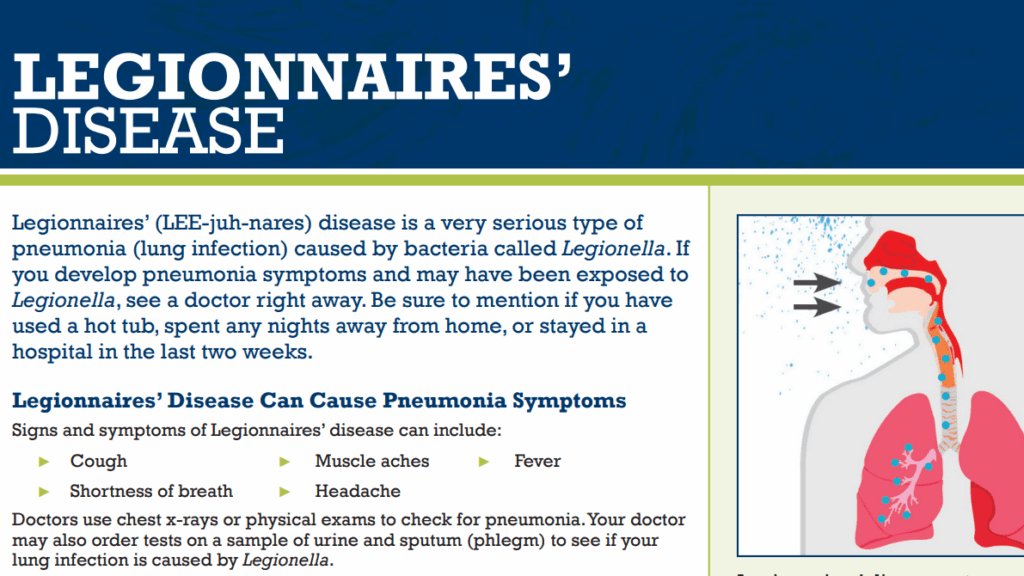
Introduction
Legionnaires’ disease is a severe form of pneumonia caused by the Legionella bacteria. Initially identified after an outbreak at a convention in Philadelphia in 1976, it has since become a significant public health concern across Canada and the world. Understanding the nature of this disease is crucial, especially for vulnerable populations, as it can lead to serious health complications and, in some cases, death. With recent outbreaks reported in various regions, awareness and prevention efforts are more important than ever.
Recent Outbreaks and Statistics
As of 2023, health authorities in Canada have reported several outbreaks linked to contaminated water sources, particularly in large buildings, hotels, and healthcare facilities. According to the Public Health Agency of Canada, approximately 700 cases of Legionnaires’ disease are reported annually nationwide, although the actual number may be higher due to underreporting.
In August 2023, an outbreak in Ontario was linked to a hotel where several guests fell ill after using the swimming pool and hot tub. Investigations revealed elevated levels of Legionella bacteria in the water systems. Local health departments played a crucial role in mitigating the outbreak by ensuring proper cleaning and treatment of the facility’s water system.
Symptoms and Diagnosis
The symptoms of Legionnaires’ disease typically include high fever, chills, cough, shortness of breath, and muscle aches. These symptoms usually appear 2 to 10 days after exposure to the bacteria. Diagnosis often involves chest X-rays and, in many cases, urine tests to identify specific antigens related to the bacteria.
Prevention Strategies
Preventing Legionnaires’ disease largely revolves around maintaining and monitoring building water systems. Routine maintenance, such as cleaning and disinfecting cooling towers, hot tubs, and plumbing systems, is essential. Building owners should implement water management programs that comply with health guidelines to minimize risks.
Conclusion
Legionnaires’ disease remains a significant public health risk, especially in large residential and commercial buildings. With the continued incidence of outbreaks, it is imperative for property managers and the general public to remain vigilant about water safety measures. Public awareness campaigns and health education are key to preventing future cases and ensuring community health. As we move forward, increased attention to infrastructure and regular inspections can help mitigate the risks associated with this dangerous bacteria.



